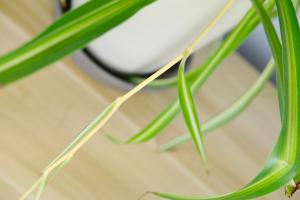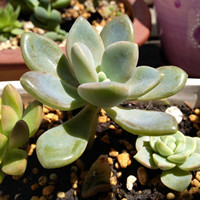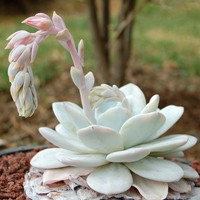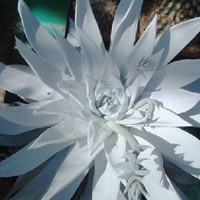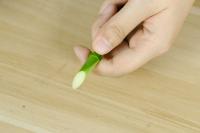How to Plant Ivy in Water
Ivy is a popular houseplant known for its beautiful foliage and air-purifying qualities. It is a versatile plant that can be grown in soil or water. In this article, we will explore the step-by-step process of planting ivy in water.
Choosing the Right Ivy
There are many types of ivy to choose from, but not all of them are adaptable to growing in water. When selecting an ivy variety, it is important to look for ones that are known to do well in water. Some of the best ivy varieties for water propagation include English ivy, Swedish ivy, and Devil's ivy.
Preparing the Cuttings
To plant ivy in water, you will need to take stem cuttings from a healthy, mature plant. Cut the stem at an angle, just below a node or a set of leaves. The cutting should be about four to six inches long with at least two sets of leaves. Remove the bottom set of leaves, leaving only the top set intact.
Planting Ivy in Water
Fill a clean vase or jar with distilled or filtered water. The water level should be about one to two inches deep. Place the ivy cutting into the water, making sure the bottom of the stem is submerged but not the leaves. Place the jar in a spot with bright, indirect light. Change the water every two to three days to prevent bacterial growth that could damage the cutting.
Caring for Your Ivy
It is essential to keep the ivy cutting healthy and hydrated during the rooting process. Check the water level often to ensure it remains at the same level. If the water level drops too low, add more water. Once roots have started to appear, you can gradually decrease the water level to expose more of the stem to air. This will help the cutting acclimate to growing in soil later on.
Transplanting the Ivy
Once the ivy cutting has developed a healthy root system, which usually takes around six to eight weeks, it is ready to be transplanted into soil. Gently remove the cutting from the water and using a small pot, filled with potting soil, plant the cutting about 1 inch deep. Keep the potting soil slightly moist, but not waterlogged. Keep the pot in bright, indirect light and protect the plant from direct sunlight.
The Benefits of Planting Ivy in Water
Growing ivy in water has many benefits. It is a simple process that requires little effort and can be done all year round. It is also an excellent way to propagate ivy without spending a lot of money on new plants. Additionally, ivy grown in water is less likely to be affected by pests and diseases commonly found in soil-grown plants.
In Conclusion
Planting ivy in water is a fun way to grow this beautiful plant with minimal effort. It is a cost-effective and easy method of propagating ivy that provides many benefits. With a little patience and care, soon you too will be enjoying the lush foliage of ivy in your home.

 how many times do yo...
how many times do yo... how many planted tre...
how many planted tre...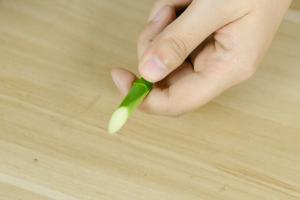 how many pine trees ...
how many pine trees ... how many pecan trees...
how many pecan trees... how many plants comp...
how many plants comp... how many plants can ...
how many plants can ... how many plants and ...
how many plants and ... how many pepper plan...
how many pepper plan...
